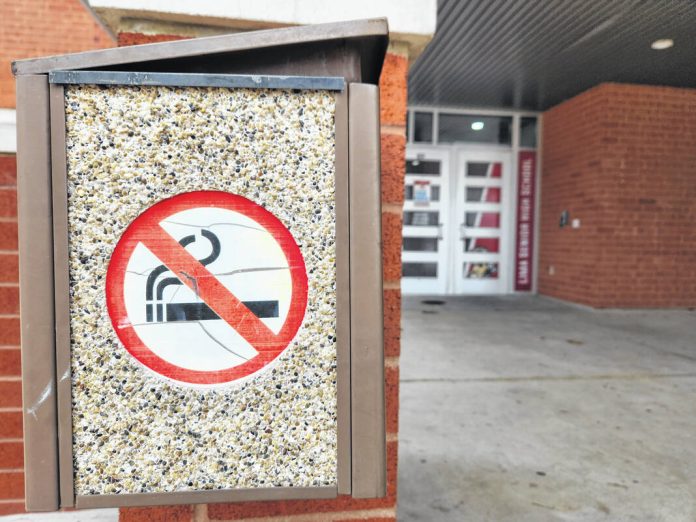LIMA — Lima schools Superintendent Jill Ackerman sent a reminder to parents: marijuana may be legal for adults, but the drug is still banned from school property for adults and students alike.
The email, which Ackerman sent to parents late last month, is one example of how schools and employers are trying to eliminate confusion about their policies following the passage of Issue 2, the citizen-led ballot initiative that legalized recreational marijuana for adults 21 and older.
Ackerman warned that students found in possession of marijuana products on school property, including school buses and school-sponsored events, will be disciplined and likely suspended as the drug is still illegal for children and teenagers.
“We wanted to make sure that everybody understood that we’re not going to have (marijuana) on property,” Ackerman said.
Effect of legalization on youth unknown
The passage of Issue 2 is too recent to know how the legalization of recreational marijuana for adults will influence youth behavior, said Tammie Colon, executive director of the Mental Health and Recovery Services Board for Allen, Auglaize and Hardin Counties.
School officials say the same: Allen East schools Superintendent Mel Rentschler said the district has not seen an increase in students testing positive for marijuana since the law took effect in December.
While the district typically catches a few students in possession of a vape with THC each year, Rentschler said he hasn’t seen an uptick in such cases recently.
Ackerman reported a similar trend at Lima schools, which sees more student vaping than marijuana usage.
But Rentschler said he expects more teenagers will use marijuana once more dispensaries open and the drug becomes easier to purchase.
Marijuana tied with alcohol as the most popular substance used by Allen County youth in Allen County Public Health’s most recent community health survey from 2021.
Thirteen percent of Allen County youth surveyed that year reported using marijuana at least once in the last 30 days, while 30% of youth said they’d tried marijuana by age 13.
Most youth reported smoking marijuana (82%) compared to vaporizing it (12%) or consuming it as an edible (2%).
Colon said there isn’t enough evidence to suggest marijuana is more harmful for youth than other substances — or to know how it affects brain development — because “we haven’t studied it long enough.”
Colon’s primary concern is a person’s mindset and behavior while using mind-altering substances, which can result in dependency.
“None of it is good,” she said. “We know for our youth their brain is still developing, so to insert an alternative substance into that developmental stage — the impact won’t be known until it’s studied.”
School officials like Ackerman are encouraging parents who use marijuana to be cautious around their children. “They need to keep them out of reach from their kids,” she said.
Colon offered similar advice for parents: History suggests that youth are more likely to engage in behaviors like substance use when people around them do the same, so parents should consider the risks of using substances around their children.
“Parents still have the greatest influence on us,” Colon said, “so if our parents accept it and partake in it then that increases youth chances of doing so as well.”







